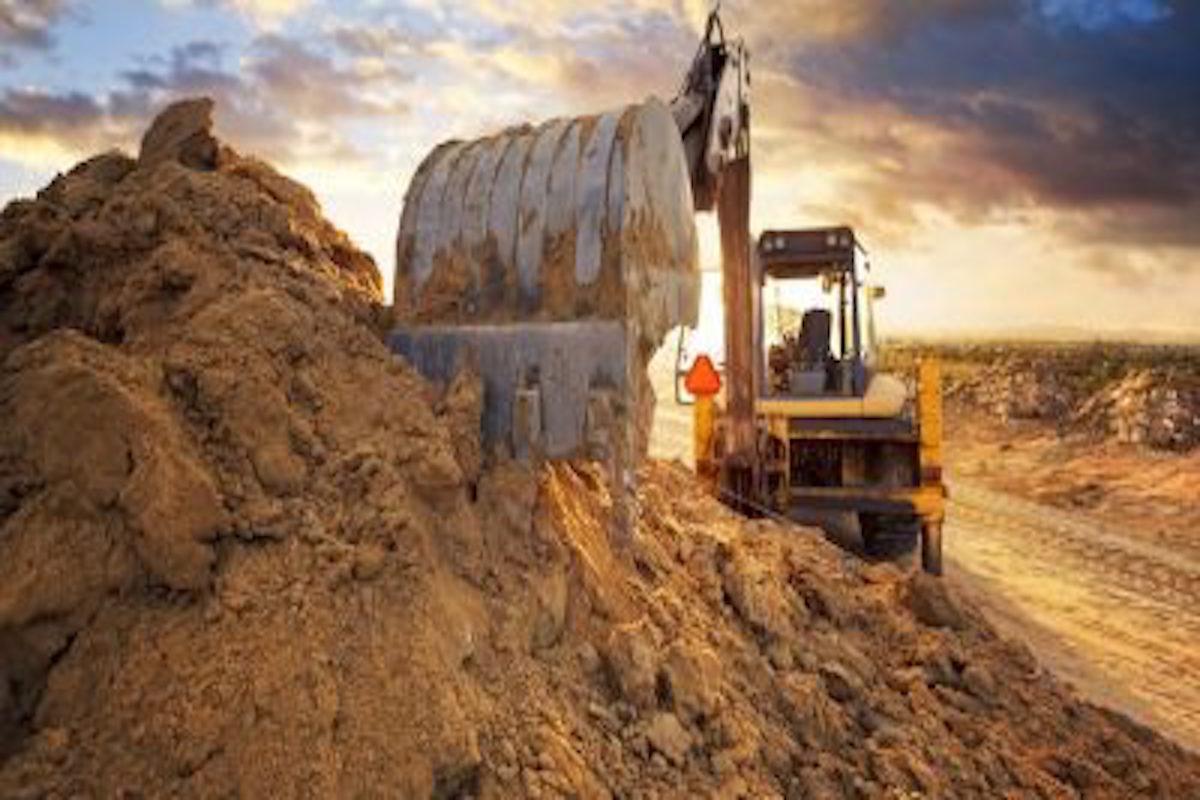Three killed in violence, arson in Sambhal over court survey of masjid
Three youths were killed in the violence that broke out during a court survey of Jama Masjid in Sambhal on Sunday.
According to a United Nations Environment Programme (UNEP) report, sand has been mined at rates greatly exceeding natural replenishment rates.

Representational image (Photo: Getty Images)
Vinay Kumar, a 22 year-old labourer who works for a sand miner, sat on the banks of River Sone and said, “We are definitely in deep trouble. The river-bed has dropped at least 6 feet since I began mining as a teenager.” Sone River of central India is the second largest of the Ganges’ southern tributaries, after the Yamuna. Thousands of men in Bihar toil to pack at least 300 trucks of sand. This is one example of the overexploitation of riverbed sand in India.
Our cities depend heavily on sand. Humankind’s total consumption of sand is estimated to be 400 billion tons a year, according to a United Nations study. Since the demand for sand substantially exceeds the supply, sand and gravel extraction is a sustainability challenge. Between 2011 and 2014, the Chinese alone poured more concrete, mostly made of sand, than the United States used during the whole of the 20th century.
According to a United Nations Environment Programme (UNEP) report, sand has been mined at rates greatly exceeding natural replenishment rates. While 85 to 90 per cent of global sand demand is met from quarries and sand and gravel pits, the 10 to 15 per cent extracted from rivers and seashores gives rise to environmental and social impacts. These extractions result in coastal depletion; soil erosion; threats to freshwater and marine fisheries and aquatic ecosystems; instability of river-banks leading to increased flooding; and lowering of groundwater levels.
Advertisement
The UNEP report also indicates that China and India are major hotspots for sand extraction impacts in rivers, lakes and coastlines. With its accelerating urbanization, the Indian Peninsula ranks second in the world’s sand consumption.
Sand has become so valuable that it is even exported to distant locations. Sand is used in paved roads, concrete, fracking, ceramics, metallurgy – even the glass on a smart phone. River sand is best: Grains of desert sand are often too rounded to serve as industrial binding agents, and marine sand is too corrosive.
Sand mining changes the course of rivers. It also hurts wildlife by removing basking and their egg laying habitat. Massive sand mining also affects humans. The depleting water tables have already become a major issue in cities like Chennai, Bengaluru and Mumbai.
Unlike other prominent environmental issues like climate change or air and water pollution, sand mining has not received the attention it deserves. Unsustainable sand mining processes have also severely impacted the flow of rivers across India. Removal of sand also leads to an increase in water pollution and impacts biodiversity.
The issue of sand mining has always been a controversial topic in India. It has been in the news for one reason or another regularly for the past several years. Media houses publicized the issue when the National Green Tribunal in August 2013 passed an order banning sand mining without proper environment clearance.
The ‘sand mafia’ has become a frequent subject in the sand mining debate in India. Much like organized criminals, these sand mafias are believed to receive political protection. In the federal system of India, state governments have the power to make policies on law and order and natural resources. State-level politicians are said to be using their discretionary power to extend support to sand mafias in return for financial gains. Major corporations also play a huge part in this arena.
Besides financial gains, sand mafias sometimes resort to violence. As a result, local authorities avoid monitoring their activity. The nexus between mafias, politicians and corporations has been identified by stakeholders as a major hindrance to effective monitoring and regulatory enforcement.
How do we deal with this major environmental issue? In January 2020, the government released rules to stop illegal sand mining. These rules come four years after the 2016 guidelines to promote sustainable sand mining which didn’t help in clamping down on illegal sand mining.
The 2020 guidelines for sand mining aims to protect rivers and species habitats. It calls for such sensitive areas to be declared “no-mining zones.” The new guidelines suggest the use of effective technologies like drones with night vision for surveillance of sand mining sites; procedures to replenish sand; post environmental clearance monitoring of sand mining sites; steps to identify sources of sand; a procedure for environmental audit of such areas; and steps to control illegal mining.
Involving the public in the process should make a large difference in dealing with illegal sand mining. River conservation is crucial. The Ministry of Environment, Forest & Climate Change introduced the ‘Sustainable Sand Management Guidelines 2016’. These guidelines failed to end rampant illegal sand mining across the country. Let us hope the new ‘Enforcement & Monitoring Guidelines for Sand Mining 2020’ has more impact than its predecessors.
The writer is a social entrepreneur and Clinton Global Initiative Alumnus.
Advertisement